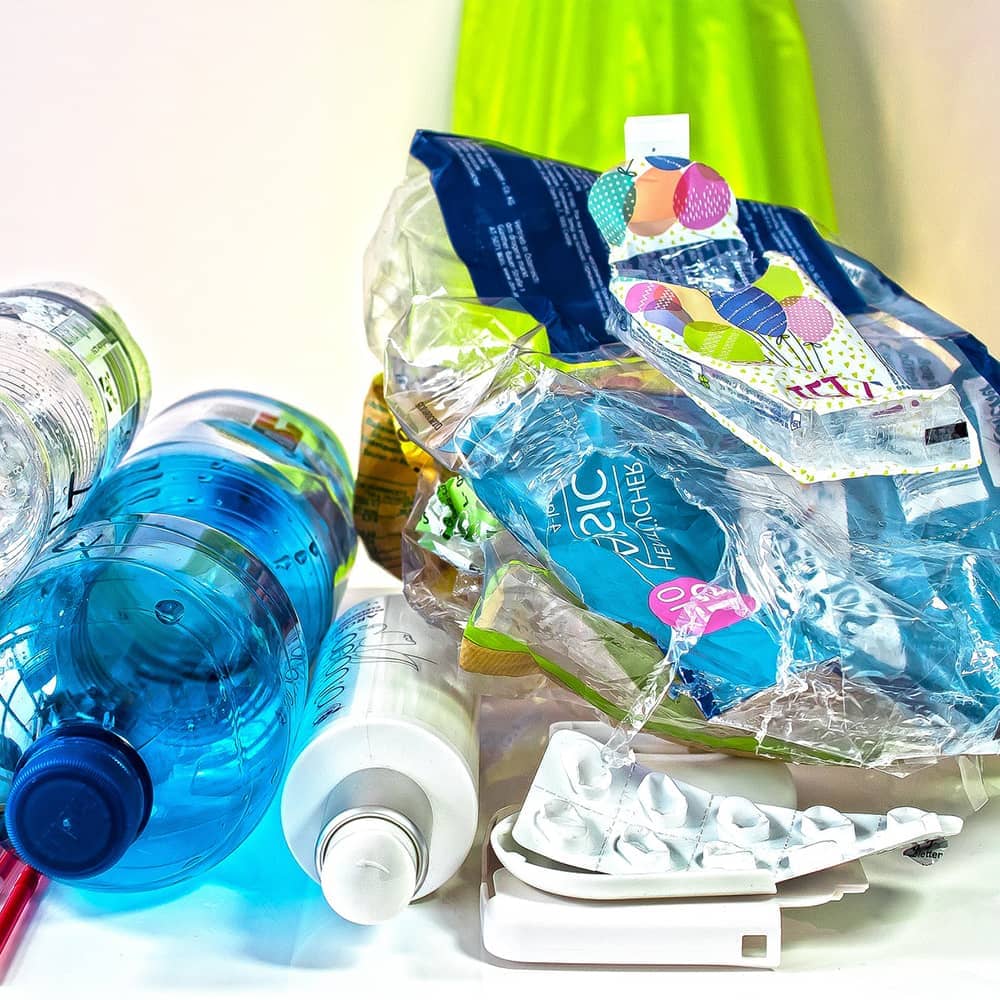
Primary aim is to develop in-situ management of wet/ organic waste transform into home-made compost and helps to reduce the wet waste load to the Municipal. Inculcate Educate & Encourage among people to adopt home composting technics & other waste management options by the way of 3-R Principle.Guidance in installation of Biogas plants, compost plant & other waste reduction options. Deal with waste transportation models from Port Blair & other Islands of A&N Islands to mainland India through authorised vendor or obtaining authorisation with concerned departments, for its onwards reuse/ processing & recycling.
Wet Waste - It is a biodegradable waste and includes cooked & uncooked food, fruits,vegetable peels, flower waste & other organically decomposable waste. This waste is collected on a daily basis & can be handed over in a green bin.
Dry Waste-It is a non-biodegradable wastes and includes paper,plastic,glass,metal,thermocole,cloth and wood. This is collected on a bi-weekly basis and sent to the Dry Waste Collection Centres.
Hazardous Waste-It is waste that has substantial or potential threats to public health or the environment. Characteristic hazardous wastes are materials that are known or tested to exhibit one or more of the following hazardous traits: Ignitability, Reactivity, Corrosivity.
2020 Viaplus Pvt Ltd. All Rights Reserved by Viaplus